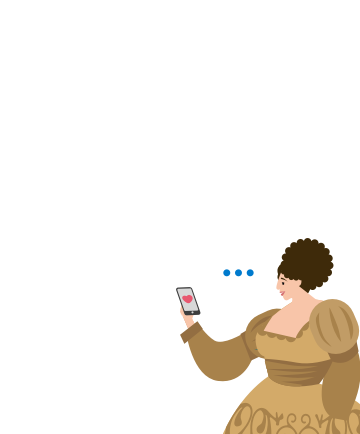How to Fill Out Your FAFSA (Without Having a Nervous Breakdown)

You did it! You got that acceptance email, or that letter in the mail, or that scroll by owl, if you’ll be attending Hogwarts in the fall (in which case, please take us with you). Wherever you’re going, congratulations—getting into college is a huge accomplishment! But before you settle in for a celebratory Netflix binge, there’s one more thing you should consider: tuition. Making sense of the considerable cost of college can be overwhelming and confusing, especially when you’re applying for financial aid. But the process doesn’t have to be intimidating; follow the below tips, and you’ll be able to fill out the FAFSA with confidence!
Financial Aid
There are two types of financial aid: scholarships, which are given by your school or a private organization, and federal aid, which is given by either your university or your state. Federal aid includes grants, which don’t have to be paid back; work-study, which is when your school helps you find a job to earn money for books and other necessities; and loans, which have to be paid back with interest. In this article, we’re going to look specifically at federal aid.
In order to decide how much federal aid you should be awarded, the state requires you to fill out a form called the FAFSA (Free Application for Federal Student Aid). Anyone who is a US citizen or eligible noncitizen heading to college can fill out the FAFSA at fafsa.ed.gov.
Using the FAFSA Website
Every year, the FAFSA becomes available on October 1. You’ll need to complete this form by your state’s deadlines and your college’s deadlines, so beware of procrastination: you may have to fill this form out nearly a year before your first day of classes.
The first step to filling out the FAFSA is creating a password and FSA ID. (Pro tip: since your username is for a government form, maybe hold off on calling yourself ronweasleysgurlfriend99.) If your parents will be helping you with financial aid, they’ll need their own usernames and passwords as well.
The next thing you’ll want to do is track down the information you’ll need, such as:
-Your social security number
-Your citizenship status
-Your personal tax returns (if you’ve had a job and filed taxes in the past)
-Your parents’ or guardian’s income and tax info
The FAFSA site allows you to save the form and come back later, so don’t worry if you can’t get everything all at once.
The SAR and the EFC
Anywhere from a few days to a few weeks after you’ve submitted the FAFSA, you’ll receive something called an SAR, or a Student Aid Report. Once you’re sure the SAR has no mistakes, you can check it for your EFC, or Expected Family Contribution. The EFC is the FAFSA’s magic number: after looking over all of your information, the FAFSA has decided that your family can afford to pay this amount for your college education.
So what exactly do colleges do with this EFC? Good question, and the answer, frustratingly, is that it depends. “Need-blind” and “full-need pledge” are terms that will come into play here, and though they sound confusingly similar, they mean two different things. Need-blind colleges will not consider your family’s EFC when deciding whether or not to admit you (in other words, the amount you’re able to pay won’t hurt your chances of acceptance). “Full-need pledge” means that your college promises to cover the difference between what your family can pay and what it costs to go that school. The way they cover that difference could be through grants (aka free money!) or through loans (which you’ll have to pay back later).
And there you have it: you’ve taken the most important steps toward completing the FAFSA, and figuring out the tricky issue of financial aid. Let the Netflix binge commence!
Do you have specific questions about filling out the FAFSA? Leave ’em below, and we’ll try to address them in a follow-up post!












